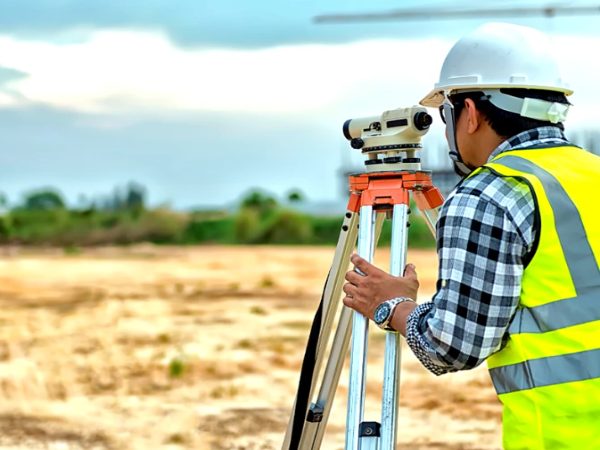Home Buyers Survey Checklist: What Your Surveyor Should (and Shouldn’t) Miss

Buying a home can be exciting, but defects can turn your dream into a financial strain. That’s why surveyors play such a vital role, as they’re trained to spot the risks you might overlook.
Yet, while their checklist is thorough, there are limits to what they can check. Read on to discover what your surveyor should and shouldn’t miss on a home buyers survey checklist.
What Your Surveyor Should Cover
A reliable surveyor follows a clear checklist that focuses on the property’s visible condition. One of the first checks is for damp. This can appear as patches on walls or ceilings, and if left untreated, it can cause mould and structural problems.
Next, they’ll look for wood rot and infestations such as beetle damage. Timber decay can seriously weaken the framework of a home, so this check should never be missed.
Cracks in walls, ceilings, or floors are another critical focus, as they may signal subsidence or structural movement that needs expert attention.
Surveyors should also be alert to Japanese Knotweed, an invasive plant that can cause long-term issues with both the land and the property’s stability.
On the outside, drains and manhole covers are inspected for signs of poor installation or blockages. Roofs and loft spaces are carefully examined too, with surveyors noting missing tiles, sagging, poor insulation, or ventilation issues.
All of these checks form the backbone of a proper home buyers survey, giving you an honest assessment of potential repairs and risks.
What Your Surveyor Shouldn’t Be Expected To Check
While the checklist is detailed, it’s not unlimited. A surveyor won’t conduct invasive checks such as lifting floorboards or drilling into walls. They also won’t test the electrical system, plumbing, or heating, so if those areas raise concern, you’ll need specialist reports.
Energy efficiency and insulation are only briefly noted, not reviewed in depth. If you want to understand energy performance fully, you’ll need an EPC certificate or a separate inspection.
Surveyors also won’t deal with legal issues such as boundaries, rights of way, or lease restrictions, as these fall under the responsibility of your conveyancer.
By knowing what isn’t covered, you’ll avoid frustration and can plan for any extra checks you may need.
Why This Checklist Matters
A home buyers survey checklist gives you a realistic picture of the property you’re about to buy. It ensures that your surveyor focuses on the critical risks that affect structure and safety, while reminding you of the areas that fall outside their expertise.
If you’re buying an older or heavily altered property, you may want a more detailed Level 3 Building Survey, but for many standard homes, a Level 2 report is usually enough to highlight the essentials.
Closing Thought
A property purchase is too important to rely on surface impressions. By knowing what your surveyor should and shouldn’t miss, you’ll be ready to act on the findings, whether that means renegotiating, budgeting for repairs, or walking away from a costly mistake.



